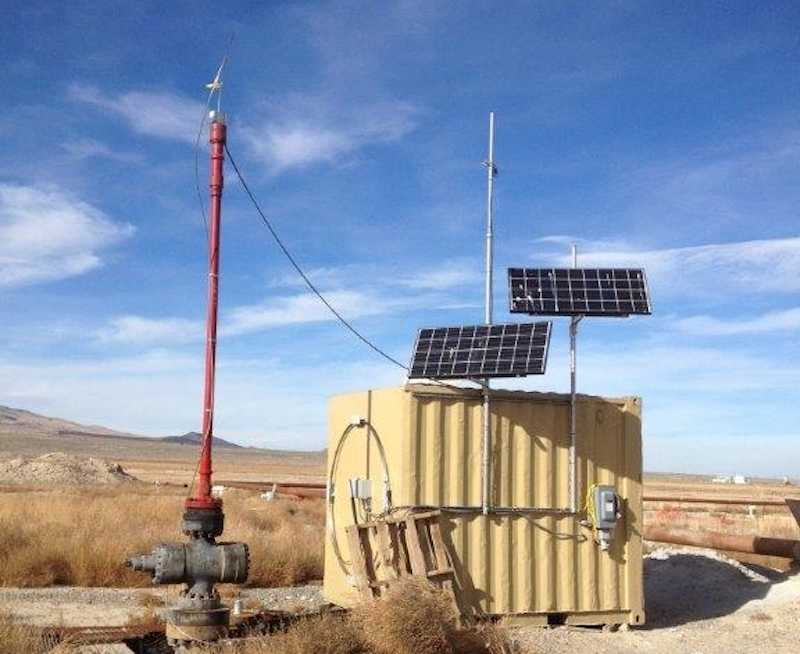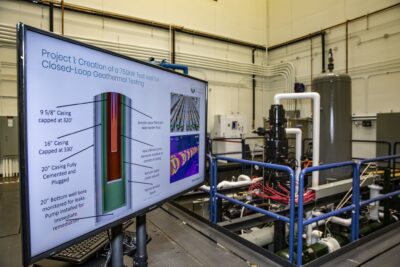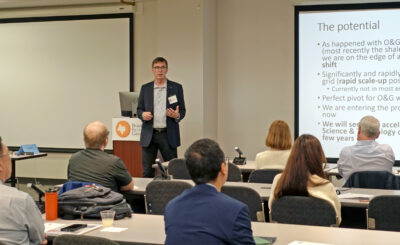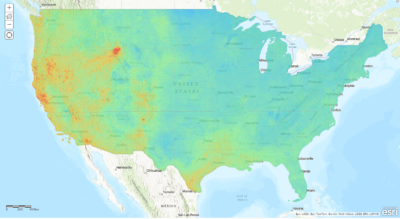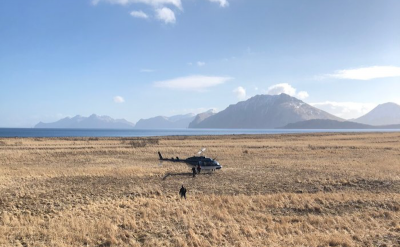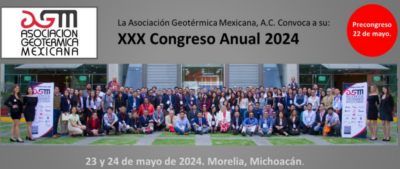Successful EGS stimulation increase reservoir and output at project in Idaho
U.S. DOE funded research efforts for the Raft River EGS project in Idaho/ U.S. show some promising results with increased size of the reservoir, a 50-fold increase in well injectivity and a yield of additional 2.5 MW in power generation capacity.
The U.S. Department of Energy’s Geothermal Technologies Office (GTO) has over the years made some big efforts to realize enhanced geothermal system (EGS) technologies’ vast potential through commercial, cost-competitive, EGS power production. In a recent article, it describes the success of research efforts at the Raft River EGS project.
As part of its funding efforts GTO funds research and development (R&D) and field demonstrations to facilitate new, innovative technology deployment and validation to reduce costs and improve performance of these man-made geothermal reservoirs. To build upon previous EGS demonstrations successes, GTO and the University of Utah are continuing to push EGS technologies forward with ground breaking accomplishments at the Raft River Geothermal Field in Idaho.
The Energy & Geoscience Institute at the University of Utah is demonstrating stimulation techniques that connect a previously isolated injection well, RRG-9, to the existing power production wells. In effect, this makes existing geothermal reservoirs larger, and more electricity can be added to the grid.
As of June 2016, the team observed more than a 50-fold increase in well injectivity, from approximately 20 gallons per minute (gpm) to nearly 1,000 gpm at RRG-9. Regular fluid samples collected from nearby production wells indicate new, man-made connections between the RRG-9 and the existing reservoir.
The fluid samples and increased well injectivity have several important implications:
- The stimulation of RRG-9 has successfully enlarged the size of the existing geothermal reservoir. With fluid sampling, GTO and the project team can verify that a portion of the fluid injected at RRG-9 travels through the EGS reservoir and extracts heat from the surrounding rocks, before entering the existing production wells and being used to generate electricity.
- The injection well, which was initially isolated, or subcommercial, has been incorporated into the existing geothermal field. RRG-9 has greatly exceeded the project teams’ target flow rate of 500 gpm. Pressures within the reservoir have decreased with time, also indicating that the reservoir is growing.
- The increased reservoir size and added injectivity will yield an estimated 2.5 megawatts electric and eliminate the need for drilling another $3 million-$4 million injection well closer to the bore field.
- The team’s success at the Raft River EGS project demonstrates the importance of low pressure thermal stimulation as the primary mechanism for improving well injectivity, in conjunction with strategic high rate stimulation techniques.
Broad collaboration on this EGS demonstration project has contributed significantly to its success. Collaboration between the academic community, geothermal industry, and National Laboratories has ensured a successful well stimulation project, and facilitated collection of an immense amount of temperature, pressure, flow, seismic, and tracer data. This data will continue to be used for analysis, data interpretation, and modeling efforts for years to come.
The final phase of this project will consist of long-term data collection and analysis activities to understand the creation and evolution of an EGS reservoir that is connected to an existing geothermal reservoir. The data collected here will further advance EGS technologies and deployment, further contributing to the advancement of EGS commercialization.
